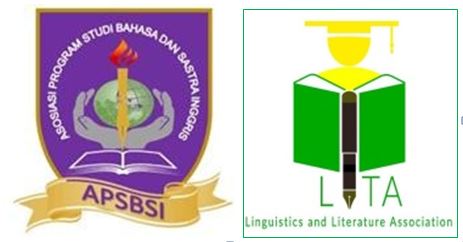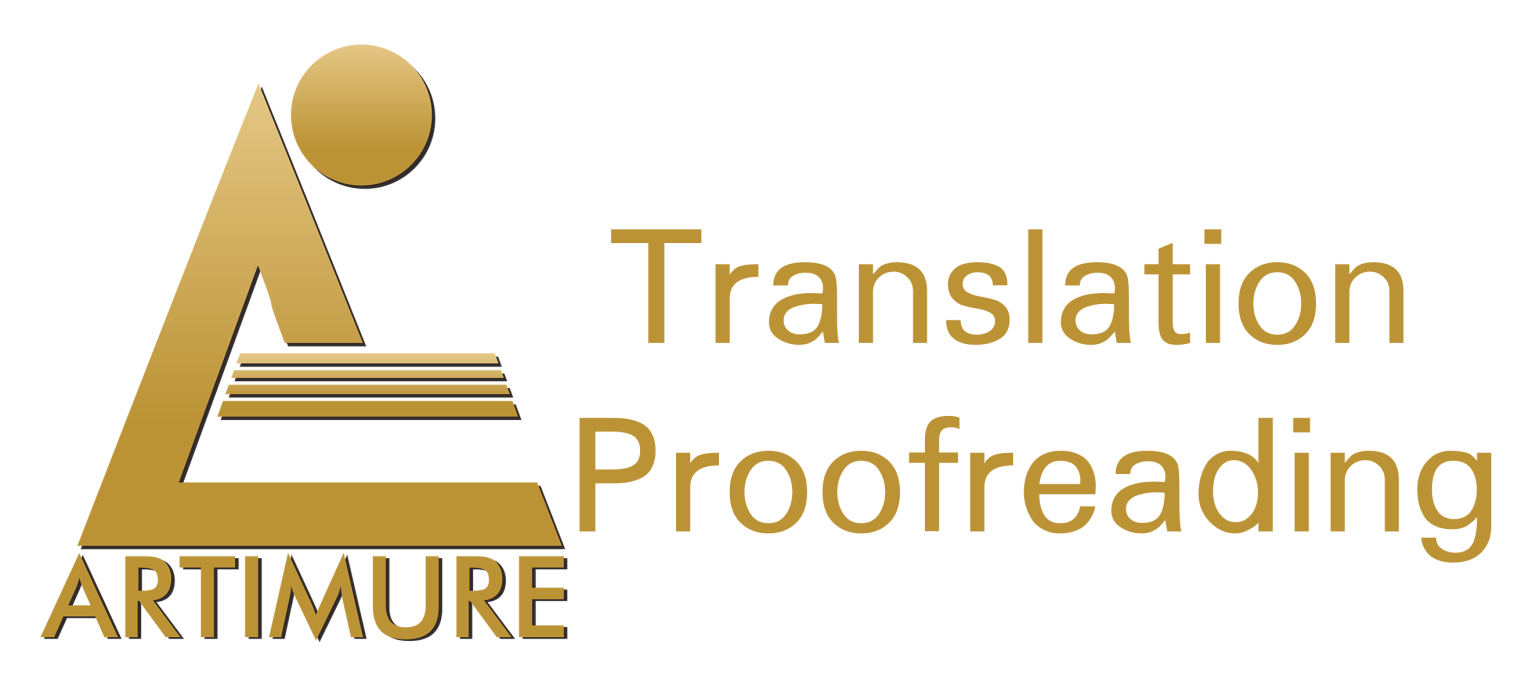Bringing Diversity Education to Life: The Impact of Learning Videos on Elementary School Students' Learning Outcomes
DOI:
https://doi.org/10.31849/utamax.v5i2.13134Keywords:
Design and development, Diversity themes, Educational media, Learning outcomes, Learning videoAbstract
This study examines the lack of comprehension among students regarding subject matter that is highly relevant to their daily lives, emphasising the importance of their understanding. The encounter with diverse situations outside the classroom is a common experience for students; however, the insufficient availability of learning tools, unappealing media, and inadequate utilisation of school facilities contribute to their limited understanding. To address this issue, learning films are proposed as an alternative media to enhance student engagement, serve as effective learning materials, and make use of school resources such as projectors. The aim of this research is to create and evaluate the effectiveness of instructional video media with a diversity theme in improving learning outcomes among class III elementary school students. The design and development (D&D) method, specifically the PPE development model, was utilised in this study, involving three stages: planning, development, and evaluation. The input of media experts, material experts, and learning experts was sought to assess the feasibility of the learning videos. The results indicated that the learning films received a feasibility rating of 95% in the "extremely feasible" category, affirming their suitability for educational settings. Experts predicted that the implementation of learning films could significantly enhance student learning outcomes. The methodology encompassed data collection through the D&D method, including planning and conducting evaluations by experts, as well as the subsequent analysis and interpretation of the results. Ultimately, this study aims to improve the actual learning outcomes of class III elementary school students through the utilisation of instructional video media with a diversity theme.
References
Agustini, K., & Ngarti, J. G. (2020). Pengembangan video pembelajaran untuk meningkatkan motivasi belajar siswa menggunakan model R&D. Jurnal Imiah Pendidikan dan Pembelajaran, 4(1), 62-78.
Ainin, M. (2013). Penelitian pengembangan dalam pembelajaran bahasa Arab. Okara, 2(8), 1-16.
Aktamiş, H., & Yenice, N. (2010). Determination of the science process skills and critical thinking skill levels. Procedia - Social and Behavioral Sciences, 2(2), 3282–3288. https://doi.org/10.1016/j.sbspro.2010.03.502
Ali, A. Z. M., & Nasir, N. (2010). Development Process Of Online Educational Valued Video Sharing PlatformProceedings of The 4th International Conference on Teacher Education. UPI & UPSI Bandung, Indonesia (pp. 621-628)
Al Amri, A. Y., Osman, M. E., & Al Musawi, A. S. (2020). The effectiveness of a 3D-virtual reality learning environment (3D-VRLE) on the Omani eighth grade students’ achievement and motivation towards physics learning. International Journal of Emerging Technologies in Learning (IJET), 15(05), 4-16. https://doi.org/10.3991/ijet.v15i05.11890
Arias, M., Creus, C., Gascon, A., & Godoy, G. (2011). Learning theory through videos - a teaching experience in a theoretical course based on self-learning videos and problem-solving sessions. Proceedings of the 3rd International Conference on Computer Supported Education, 93–98. https://doi.org/10.5220/0003333400930098
Asrori, Nunuk Suryani, & Nur Arifah Drajati. (2021). Development of animation video on youtube channels as an alternative learning media during the covid-19 pandemic. JTP - Jurnal Teknologi Pendidikan, 23(3), 285–294. https://doi.org/10.21009/jtp.v23i3.23679
Ayatullah, A. (2018). Upaya meningkatkan motivasi dan hasil belajar siswa pada mata pelajaran pendidkan agama islam menggunakan metode demonstrasi dan media nyata pada kelas IV SDN 3 Sepit Tahun Pelajaran 2017/2018. FONDATIA, 2(2), 61–82. https://doi.org/10.36088/fondatia.v2i2.127
Boelens, R. V. ., & De Wever, B. (2018). The design blended learning in response to studnet diversity ini higher edutaion; Instructor’sview and use differentiated. Photosynthetica, 2(1), 1–13.
Brown, K., & Kennedy, H. (2011). Learning through conversation: Exploring and extending teacher and children’s involvement in classroom talk. School Psychology International, 32(4), 377–396. https://doi.org/10.1177/0143034311406813
Canelos, J., & Catchen, G. (1988). Making abstract engineering course content computer generated graphics and video tutorials: The development process. Proceedings Frontiers in Education Conference, 297–301. https://doi.org/10.1109/FIE.1988.34997
Fitrianingsih, Y. (2019). Development of mathematics comic learning media for students of class VII SMP/MTs based on culture. Jurnal Petik, 5(2), 36–42. https://doi.org/10.31980/jpetik.v5i2.567
Gao, Y. (Lisa), Wu, L., Shin, J., & Mattila, A. S. (2020). Visual design, message content, and benefit type: the case of a cause-related marketing campaign. Journal of Hospitality & Tourism Research, 44(5), 761–779. https://doi.org/10.1177/1096348020911444
González-Domínguez, J., Sánchez-Barroso, G., Zamora-Polo, F., & García-Sanz-Calcedo, J. (2020). Application of circular economy techniques for design and development of products through collaborative project-based learning for industrial engineer teaching. Sustainability, 12(11), 4368. https://doi.org/10.3390/su12114368
Imbeau, M. B., & Tomlinson, C. A. (2013). Managing a differentiated classroom. Breaking the mold of classroom management: what educators should know and do to enable student success, R&L Education.
Jaekel, A.-K., Scheiter, K., & Göllner, R. (2021). Distance Teaching During the COVID-19 Crisis: Social Connectedness Matters Most for Teaching Quality and Students’ Learning. AERA Open, 7, 233285842110520.
van den Akker J, Bannan, B., Kelly, A. E., Nieveen, N., & Plomp, T. (2013). Educational design research part (A): An introduction. Enschede: Enschede, the Netherlands: Netherlands Institute for Curriculum Development (SLO).
Kay, R., & Kwak, J. Y. (2018). Comparing types of mathematics apps used in primary school classrooms: an exploratory analysis. Journal of Computers in Education, 5(3), 349–371. https://doi.org/10.1007/s40692-018-0109-x
Lee, U., Han, K., Cho, H., Chung, K.-M., Hong, H., Lee, S.-J., Noh, Y., Park, S., & Carroll, J. M. (2019). Intelligent positive computing with mobile, wearable, and IoT devices: Literature review and research directions. Ad Hoc Networks, 83, 8–24. https://doi.org/10.1016/j.adhoc.2018.08.021
Ljubojevic, M., Vaskovic, V., Stankovic, S., & Vaskovic, J. (2014). Using supplementary video in multimedia instruction as a teaching tool to increase efficiency of learning and quality of experience. International Review of Research in Open and Distance Learning, 15(3), 275–291. https://doi.org/10.19173/irrodl.v15i3.1825
Loizou, E. (2017). Towards play pedagogy: supporting teacher play practices with a teacher guide about socio-dramatic and imaginative play. European Early Childhood Education Research Journal, 25(5), 784–795. https://doi.org/10.1080/1350293X.2017.1356574
Luo, F., Antonenko, P. “Pasha,” Valle, N., Sessa, E., Burleigh, G., Endara, L., McDaniel, S., Carey, S., & Davis, E. C. (2020). Collaborative design reasoning in a large interdisciplinary learning tool design project. International Journal of Designs for Learning, 11(1), 85–97. https://doi.org/10.14434/ijdl.v11i1.25633
Novita, L., Sukmanasa, E., & Pratama, M. Y. (2019). Penggunaan media pembelajaran video terhadap hasil belajar siswa SD. Indonesian Journal of Primary Education, 3(2), 64–72. https://doi.org/10.17509/ijpe.v3i2.22103
Nurhayati, L. (2014). Penggunaan Model Pembelajaran berbasis lingkungan untuk meningkatkan kreativitas dan hasil belajar IPA siswa kelas XI SMK Negeri IV Cilegon Tahun Pelajaran 2013/2014. [Doctoral Dissertation], Universitas Sultan Ageng Tirtayasa.
Olson, T. M., & Wisher, R. A. (2002). The effectiveness of web-based instruction: An initial inquiry. International Review of Research in Open and Distributed Learning, 3(2), 1-17. https://doi.org/10.19173/irrodl.v3i2.103
Paradise, P., & Wibowo, M. (2021). Pengembangan learning management system (LMS) dengan menerapkan video based learning dan gamification dalam meningkatkan motivasi dan keterlibatan mahasiswa. Jurnal Media Informatika Budidarma, 5(3), 929-936. https://doi.org/10.30865/mib.v5i3.3087
Räisänen, M., Postareff, L., & Lindblom-Ylänne, S. (2016). University students’ self- and co-regulation of learning and processes of understanding: A person-oriented approach. Learning and Individual Differences, 47, 281–288. https://doi.org/10.1016/j.lindif.2016.01.006
Ramadhani, M. A., Adlim, A., & Hanum, L. (2022). Development of Tutorial Video for Palm Oil Waste Treatment in the Subject of Workshop and Entrepreneurship. Chimica Didactica Acta, 8(1), 1–6. https://doi.org/10.24815/jcd.v8i1.25245
Reksiana, R. (2022). Implementasi Model R2d2 (Recursive, reflective design and development model) dalam pembelajaran. MISYKAT Jurnal Ilmu-Ilmu Al-Quran Hadist Syari Ah Dan Tarbiyah, 7(2), 137-145. https://doi.org/10.33511/misykat.v7n2.137-145
Ruys, I., Defruyt, S., Rots, I., & Aelterman, A. (2013). Differentiated instruction in teacher education: A case study of congruent teaching. Teachers and Teaching: Theory and Practice, 19(1), 93–107. https://doi.org/10.1080/13540602.2013.744201
Saido, G. ., Siraj, S., Nordin, A. ., & Al-Amedy, O. . (2018). Higher order thinking skills among secondary school students in science learning. IEEE Transactions on Antennas and Propagation, 66(9), 4936–4941. https://doi.org/10.1109/TAP.2018.2845550
Soomro, S. A., Casakin, H., & Georgiev, G. V. (2022). A Systematic Review on FabLab Environments and Creativity: Implications for Design. Buildings, 12(6), 804. https://doi.org/10.3390/buildings12060804
Spector, J. ., Merrill, M. ., Elen, J., & Bishop, M. . (2014). Handbook of research on educational communications and technology: fourth edition. fourth ed. Springer. http://dx.doi.org/10.1007/978-1-4614-3185-5
Suryansyah, T., & Suwarjo. (2016). Pengembangan video pembelajaran untuk meningkatkan motivasi dan hasil belajar kognitif siswa kelas iv sd. Jurnal Prima Edukasia, 3(2), 209–221.
Tembrevilla, G., & Milner-Bolotin, M. (2019). Engaging physics teacher-candidates in the production of science demonstration videos. Physics Education, 54(2), 025008. https://doi.org/10.1088/1361-6552/aaf95d
Tomlinson, C. A., Brighton, C., Hertberg, H., Callahan, C. M., Moon, T. R., Brimijoin, K., Conover, L. A., & Reynolds, T. (2003). Differentiating instruction in response to student readiness, interest, and learning profile in academically diverse classrooms: A review of literature. Journal for the Education of the Gifted, 27(2–3), 119–145. https://doi.org/10.1088/1361-6552/aaf95d
Vasileva-Stojanovska, T., Malinovski, T., Vasileva, M., Jovevski, D., & Trajkovik, V. (2015). Impact of satisfaction, personality and learning style on educational outcomes in a blended learning environment. Learning and Individual Differences, 38, 127–135. https://doi.org/10.1016/j.lindif.2015.01.018
Wibawa, D. M. S., Dewi, L. J. E., & Nugraha, I. N. P. (2021). Pengembangan media pembelajaran audio visual berbasis powtoon mata pelajaran sistem refrigerasi bagi siswa SMK. Jurnal Pendidikan Teknik Mesin Undiksha, 9(2), 89–99. https://doi.org/10.23887/jptm.v9i2.27598
Wisada, P. D., Sudarma, I. K., & Yuda S, A. I. W. I. (2019). Pengembangan media video pembelajaran berorientasi pendidikan karakter. Journal of Education Technology, 3(3), 140. https://doi.org/10.23887/jet.v3i3.21735
Wu, H., Chen, C., Hou, J., Liao, L., Wang, A., Sun, W., Yan, Q., & Lin, W. (2022). Fast-vqa: efficient end-to-end video quality assessment with fragment sampling. Lecture Notes in Computer Science (Including Subseries Lecture Notes in Artificial Intelligence and Lecture Notes in Bioinformatics), 13666 LNCS, 538–554. https://doi.org/10.1007/978-3-031-20068-7_31
Yang, J., Zhang, D., Liu, X., Hua, C., & Li, Z. (2022). Destination endorsers raising on short-form travel videos: Self-image construction and endorsement effect measurement. Journal of Hospitality and Tourism Management, 52, 101–112. https://doi.org/10.1016/j.jhtm.2022.06.003
Yang, K., & Shi, Z. (2022, May). Efficient learning assistance strategies to improve learning efficiency when online learning video quality degradation occurs. In 2022 4th International Conference on Computer Science and Technologies in Education (CSTE) (pp. 194-197). IEEE. https://doi.org/10.1109/CSTE55932.2022.00042
Zachariades, T., Christou, C., & Pitta-Pantazi, D. (2013). Reflective, systemic and analytic thinking in real numbers. Educational Studies in Mathematics, 82(1), 5–22. https://doi.org/10.1007/s10649-012-9413-y










